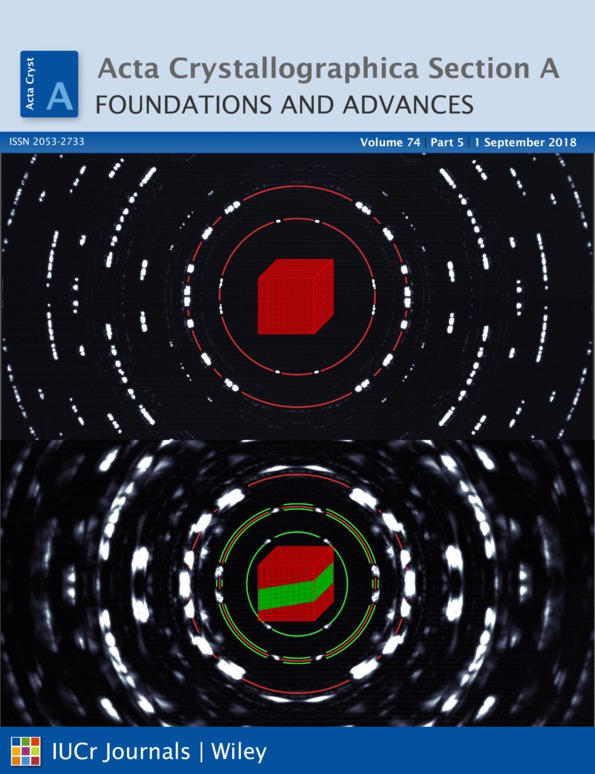The phase problem for two-dimensional crystals. II. Simulations
Abstract
Phasing of diffraction data from two-dimensional crystals using only minimal molecular envelope information is investigated by simulation. Two-dimensional crystals are an attractive target for studying membrane proteins using X-ray free-electron lasers, particularly for dynamic studies at room temperature. Simulations using an iterative projection algorithm show that phasing is feasible with fairly minimal molecular envelope information, supporting recent uniqueness results for this problem [Arnal & Millane (2017). Acta Cryst. A73, 438–448]. The effects of noise and likely requirements for structure determination using X-ray free-electron laser sources are investigated.




